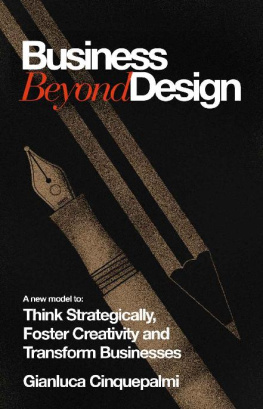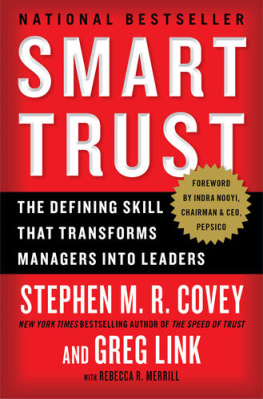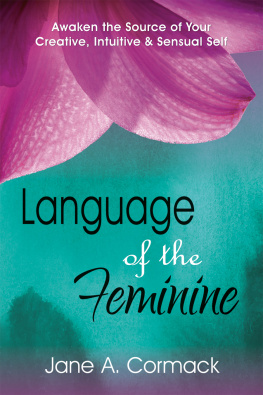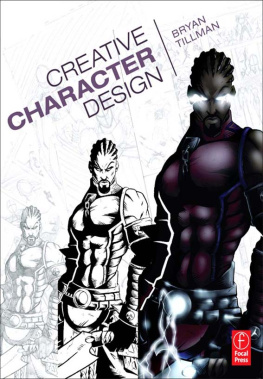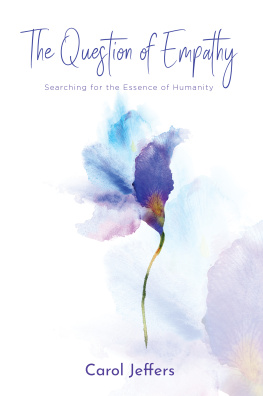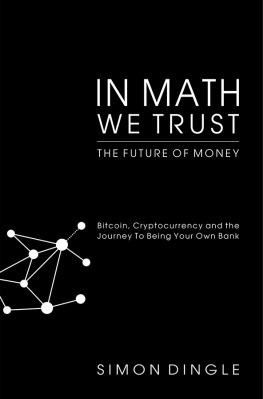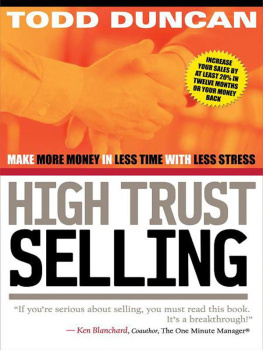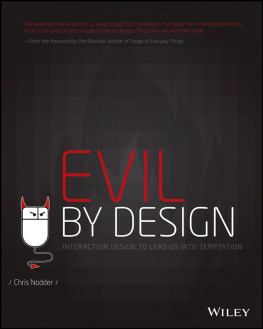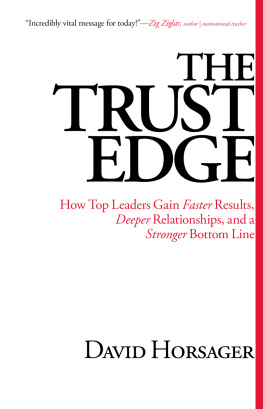

FOREWORD
There are several reasons why I decided to write this book.
The main one was to satisfy my curiosity about the true meaning of business design. To look beyond the obvious and not just accept things the way they are, to investigate whats out there and why. Over the years I have collected meaningful thoughts and best practices about design, branding and business. There is a ton of knowledge available at our fingertips, but it is surprising how little of it we actually grasp.
Business Beyond Design was born from the desire to share a different point of view, to illustrate a road map and trigger the thinking process towards the creation of valuable, sustainable and innovative design businesses.
Why Beyond? One of my life undertakings is the reflection and fascination in creating designs that can be defined as Timeless, products and objects that become better with use, or those that possess an essential, effortless elegance. Experiences that remain remarkable, no matter our age or status. Likewise trying to challenge how our world moves and behaves nowadays, in a constant rush, with almost everything being made disposable, and with very little thought about the future impact of our actions. This requires to think and act beyond the norm.
This book will guide you through my journey in creating an unconventional framework to asses and develop valuable, sustainable and innovative brands, designs and businesses. This very framework has been my guiding principle throughout the last few years of design practice, and I hope we can begin to build a different perspective towards design and business.
Early in my career, one of the dynamics that fascinated me the most was the volatility of status of certain products, services and institutions, going from hero to zero in the blink of an eye.
We live in a complicated world. It is hyper-dynamic, hyper-connected and hyper-competitive. A simple explanation of such dynamics was not plausible. So I began researching patterns and theories that would help me decode such behaviours.
Throughout my research I discovered five main attributes that most successful design businesses share. Surprisingly enough, they go beyond simple form or function.
Why five? Well, the number five seems to be a constant in my life, from my date of birth to my last name Cinquepalmi, which contains the Italian word for five: Cinque. Aside from this, fivefold conceptual schemes have been used for millennia to aid understanding and memorisation of complex phenomena: alchemy, interaction of the natural elements, geomancy, Feng Shui, astrology, music, military strategy and martial arts are just some examples (plus we also have five fingers, making it easy to keep count). So why not learn from the past to improve the future?
I often encounter companies and institutions that have a very cynical approach towards design and business, using design only as a means of generating profit rather than innovation. To me, design is never cynical or arbitrary, and seeing it as such, denies an essential aspect of business; its social and cultural value. We should never forget that companies are social institutions just as much as financial ones.
I believe we (entrepreneurs, design professionals, creative minds) should strive to infuse deep cultural and social value into our work. When crafting something, we must inspire people who interact with our work to know and feel that they are not just buying another piece of merchandise. Instead, they should perceive the acquisition of new knowledge , a fragment of culture. At the end of the day, we are not just creating beautiful and useful objects, but also the culture around them.
CONTENTS
to Betta
DEDICATED TO
CULTURE LOVERS
We believe in the beauty of creation, the intellectual achievements of humanity and the empowering pursuit of proactively conserving pieces of great cultural, social and financial value.
DESIGNERS
We believe that our creations contribute to the fascinating development of our kind and we want to leave behind a significant footprint. We want to create value, while preventing the demise of something good.
ENTREPRENEURS
We believe in adventure, and take risks that pay off. We believe in the sustainable growth that comes from creating and maintaining greater values.
THE JOURNEY
Over the past 10 years, Ive had the privilege of working both directly and indirectly with some of the most successful brands in the world, and Ive learnt something new each time. As I worked on each companys unique selling point and signature style, a few key questions continued to provoke my curiosity:
- Is there a common denominator that defines the success or failure of a business?
- What are the key elements that define and distinguish a world-class business from a mundane one?
- Why do some products or services seem to vastly outperform their competition, although both have exactly the same access to talent and technology?
Why, why, why - Im obsessed with the why. Why can some designers, businesses, products, services, brands achieve it all and others cant? Why are some companies way up there and then suddenly come crashing down? Why is that? These puzzling questions were well worth investigating.
My investigation started with trying to understand how our economy, or the market, has changed. Today, the lines between product design, graphic design, branding, marketing, advertising and business in general are blurring. In our modern society its inarguable that the general public acknowledges the symbolic value of a product or service more than its functional value. We do not buy another pair of jeans because we need them, but because we want them.
Over the past several decades, we have shifted from an economy focused on industrial production, to one focused around people. Such economy, (postmodern society) is not based on rationality. It is based on personal desire, and desire means brand and status.
Most companies now recognise that experiences connected to a product or service are immensely more important than just the look or performance alone.
By analysing my own achievements and my many, many failures while working with a wide range of companies, I decoded five common, fundamental principles:
- Being an absolute innovator does not always pay off, but neither does being a compromised version of someone else. Rather, the most effective way to succeed is to be the best version of ourselves .
- Aesthetics are only one component of the equation. Simply creating beautiful objects or images is no longer enough. Subjectivity, availability and context must always be taken into consideration.
- Brands and businesses need to engage consumers on a deep, intimate level. Talking about bits and bytes, features and benefits is informative and even essential, but it is not sufficient.
- Consumers are increasingly superficial. They now live in a world with too many choices and too little time , so a rational, investigative process is out of the question. They refer to price, position and buzz to make their buying decisions in the shortest amount of time possible.
- Finally, any brand must master the fundamental skill of creating and maintaining relationships based on trust, constantly expressing and reinforcing its core values, surprising its consumers and ultimately exceeding their expectations.
Next page
